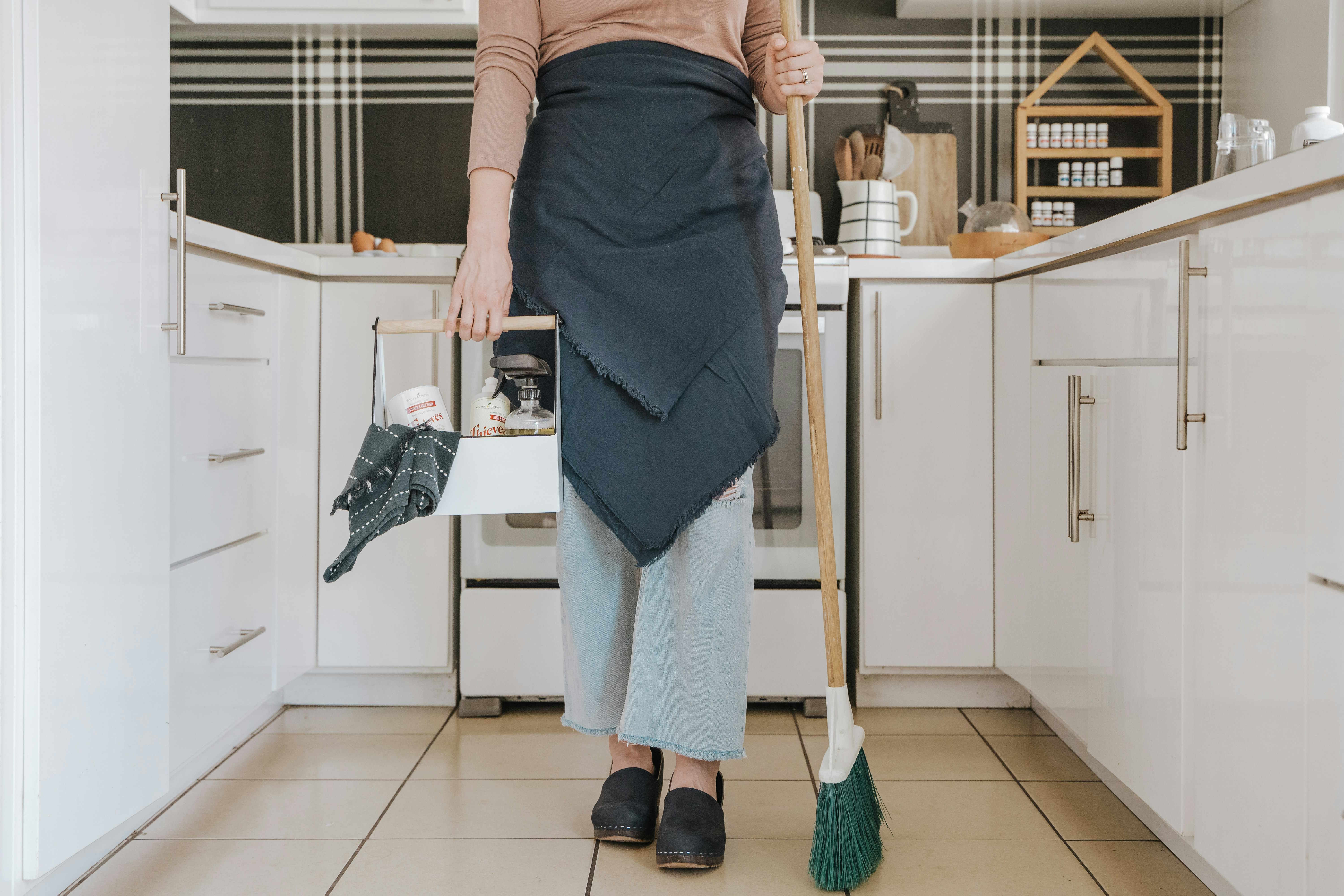Practical Lifehacks for Home Cleaning and Sustainable Living
Keeping a household running smoothly can feel like juggling priorities: cleanliness, order, energy use, and long-term sustainability. Practical lifehacks focus on simple routines and small tools that reduce time spent on chores, lower energy consumption, and support eco-friendly habits. Below are effective, easy-to-adopt strategies to help you streamline home systems while conserving resources and reducing waste.

Home: Which small habits improve daily living?
Small, repeatable habits make a big difference for how a home feels and functions. Establish a 10-minute morning and evening reset: clear countertops, handle mail once, sweep high-traffic areas, and return items to their homes. Use entryway organizers or a simple tray to contain keys and daily essentials; this reduces time lost searching and prevents clutter from migrating. Rotate one deeper task per day (laundry folding, wiping baseboards) so maintenance doesn’t pile up. These micro-routines save time and mental energy while making your home easier to clean and enjoy.
Cleaning: How to clean efficiently with minimal supplies?
Efficiency in cleaning comes from concentrating on multipurpose tools and sequence. Keep a spray bottle of diluted vinegar and water (for many surfaces) and a microfiber cloth for streak-free wiping. Clean high-touch and visible surfaces first to create perceived order, then move to floors and under furniture. Use short timed sprints—set a 20-minute timer and tackle a defined zone—to make progress without burnout. For deep-cleaning tasks, use steam (where safe) and dishwasher-safe tools to sanitize with less chemical use. Regular light maintenance reduces the need for heavy cleaning sessions.
Organization: How to keep spaces tidy with easy systems?
An effective organization system is visible, consistent, and maintained weekly. Categorize items by frequency of use: daily items within arm’s reach, seasonal items stored, and rarely used items archived or donated. Use clear bins or labeled containers for quick identification; open shelving for frequently used items keeps clutter contained. Adopt the “one-in, one-out” rule when bringing new things home to avoid accumulation. Allocate a single shelf or drawer as a donation staging area so decluttering becomes a regular, simple habit rather than an occasional large project.
Energy: How to reduce household energy use daily?
Small adjustments reduce energy use and utility costs while improving comfort. Switch to LED bulbs, and pair lighting choices with activity-based zones—task lighting where needed and dimmer ambient light elsewhere. Unplug or use smart power strips for electronics that draw standby power. Lower water heating settings a few degrees and install low-flow showerheads to help both energy and water use. Use natural ventilation and shading strategies seasonally: cross-ventilation in cooler months and blinds or reflective film to reduce heat gain in warm months. Regular appliance maintenance (cleaning filters, scheduling tune-ups) keeps systems running efficiently.
Sustainability: What sustainable swaps make a difference?
Sustainable living often starts with a few supply swaps and waste-reduction habits. Replace single-use items with durable alternatives: washable kitchen towels instead of paper, beeswax wraps or silicone covers for food storage, and refillable cleaning containers. Buy concentrated cleaning products to cut packaging waste and use bulk or local refill stations when available. Composting food scraps—even in small indoor bins—reduces waste and creates nutrient-rich soil for potted plants. Prioritize durable goods and repair over replace; minor repairs and care extend product life, lowering the environmental footprint of daily living.
Conclusion
Implementing lifehacks across home routines, cleaning, organization, energy use, and sustainability reduces time spent on chores and supports long-term resource conservation. Start small: adopt one new habit or swap each week and observe cumulative benefits. Over time these practices create a smoother household rhythm, lower resource use, and reduce clutter and stress. Practical, repeatable changes make sustainable living and efficient home management achievable and adaptable to different households and lifestyles.






